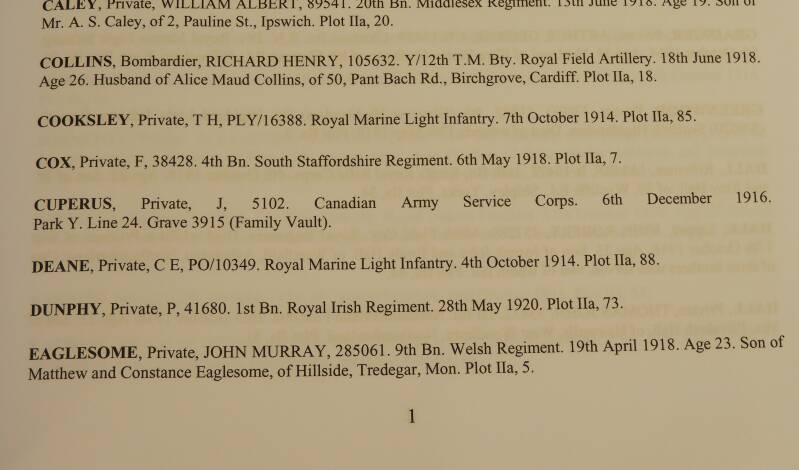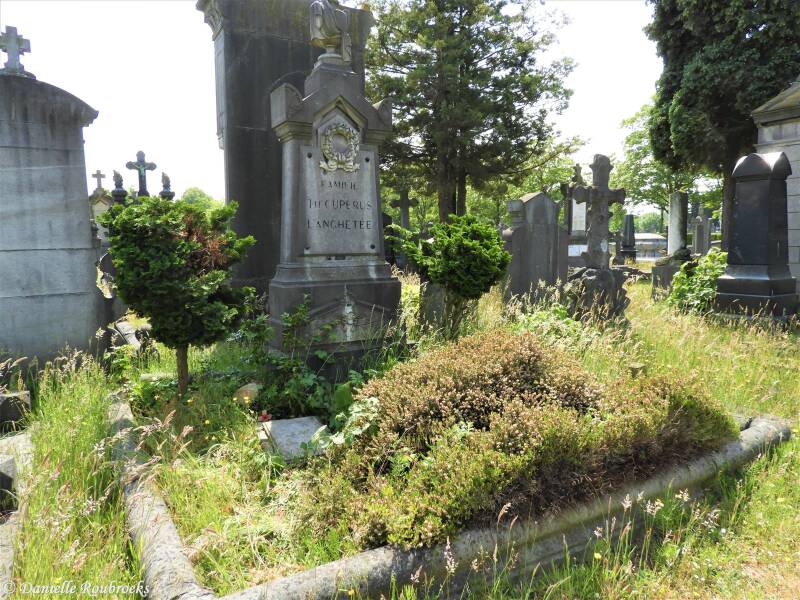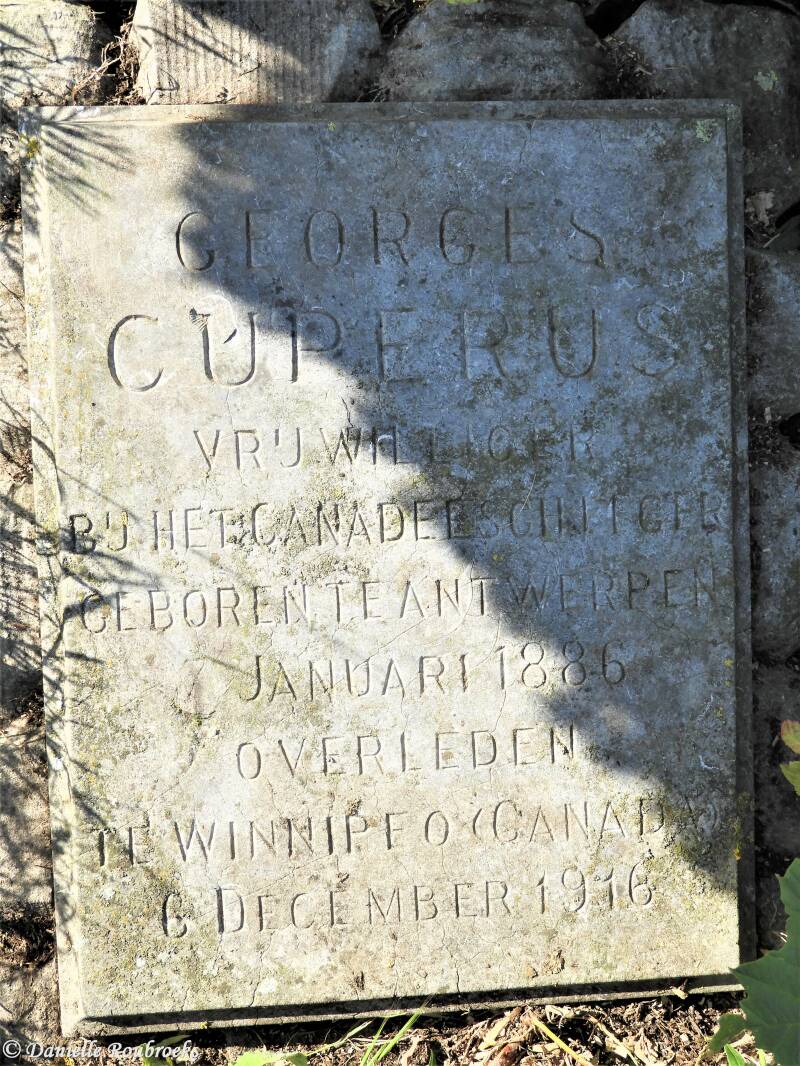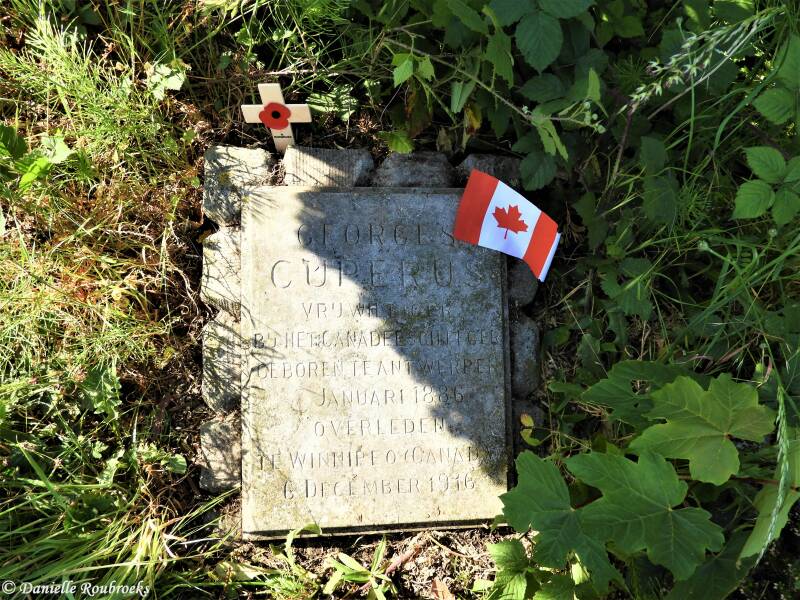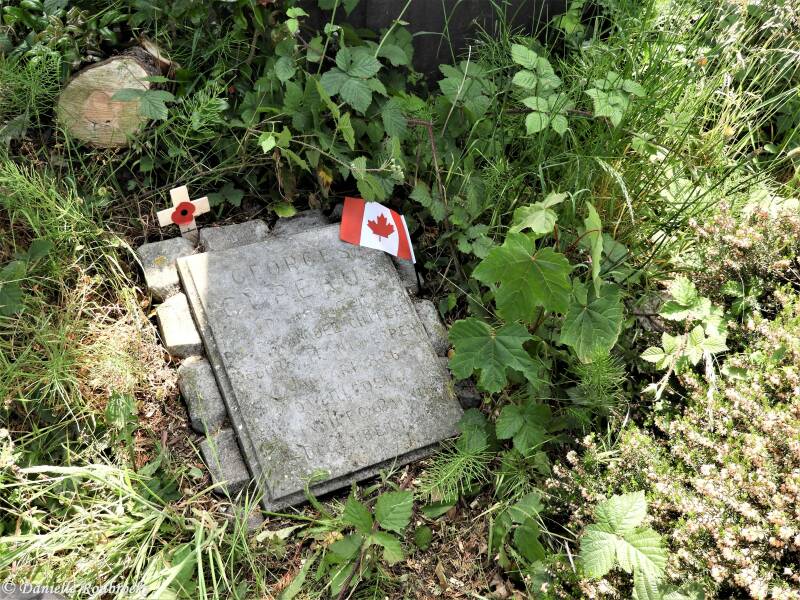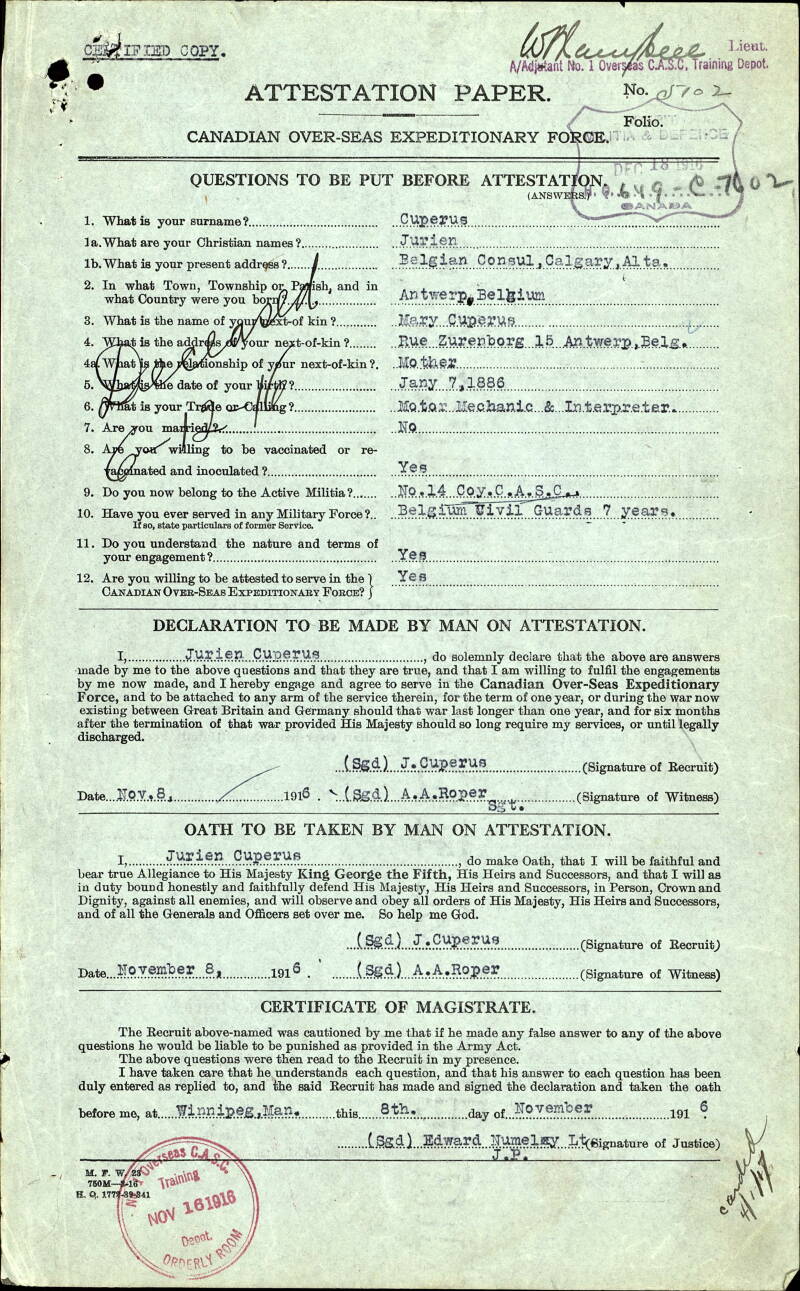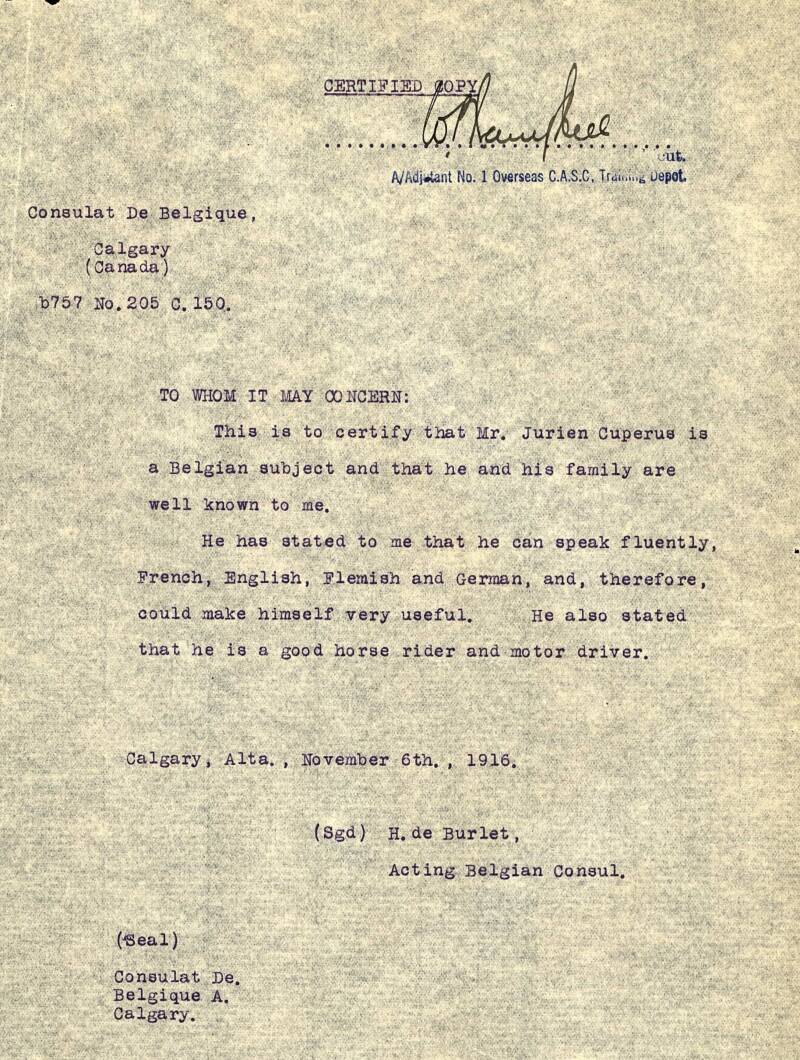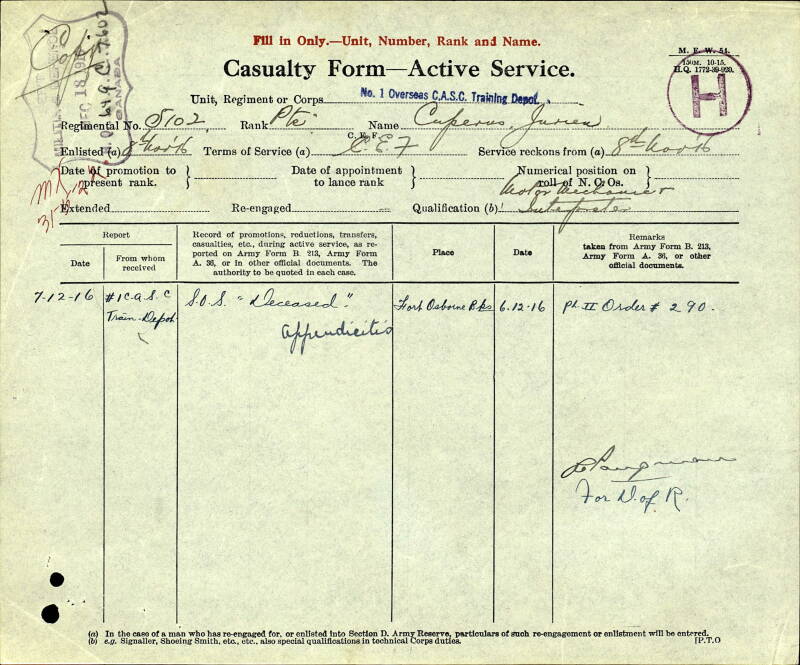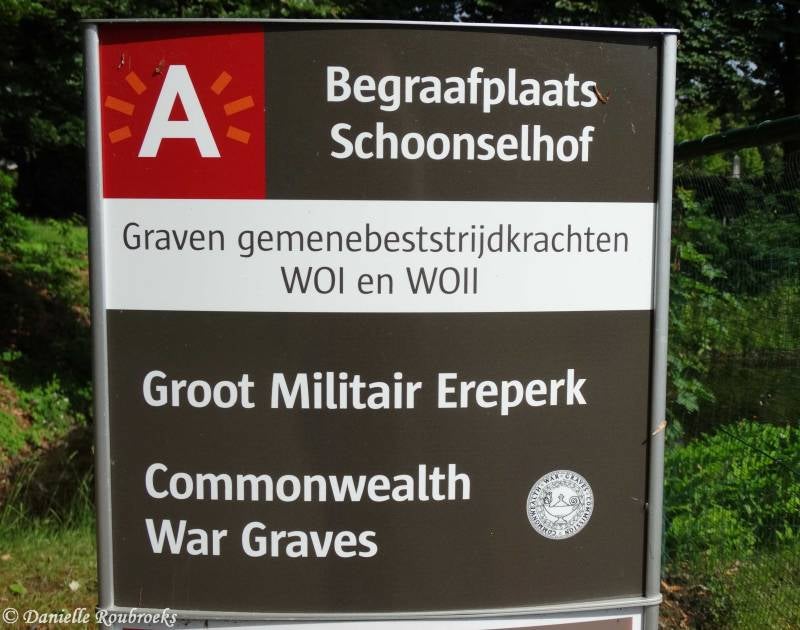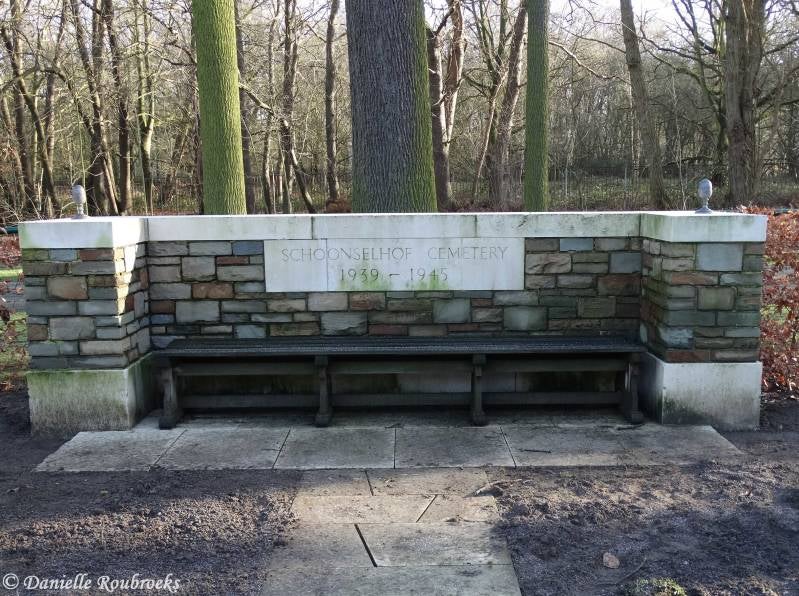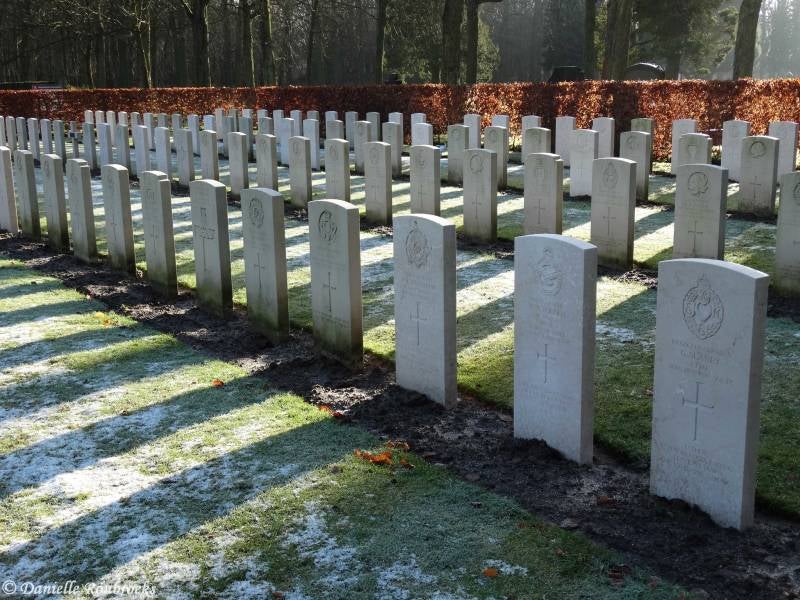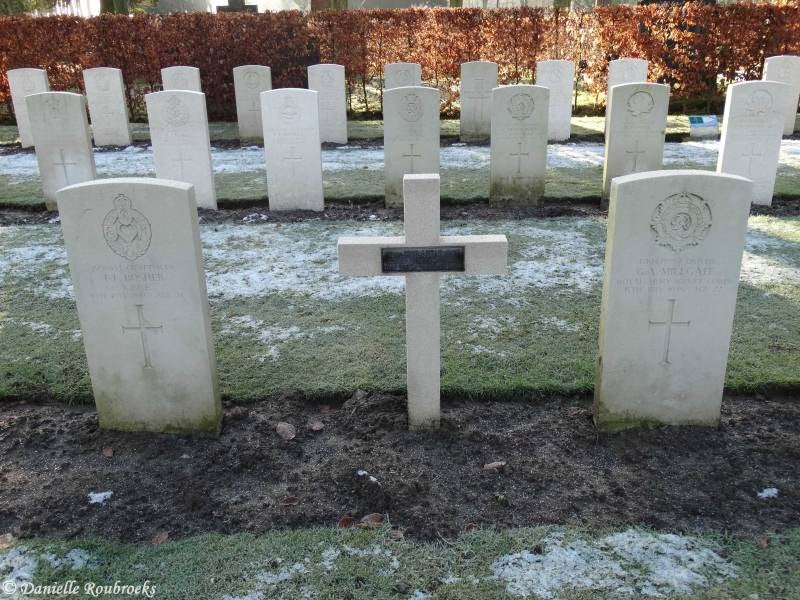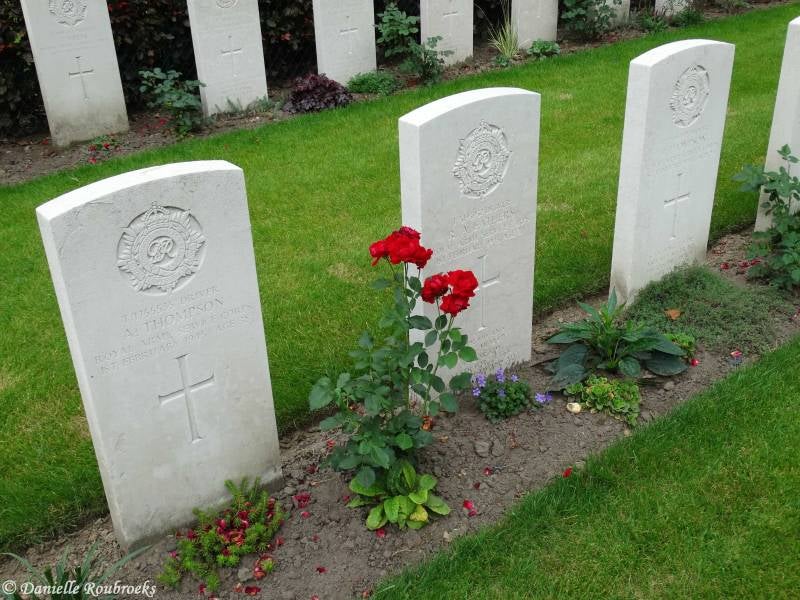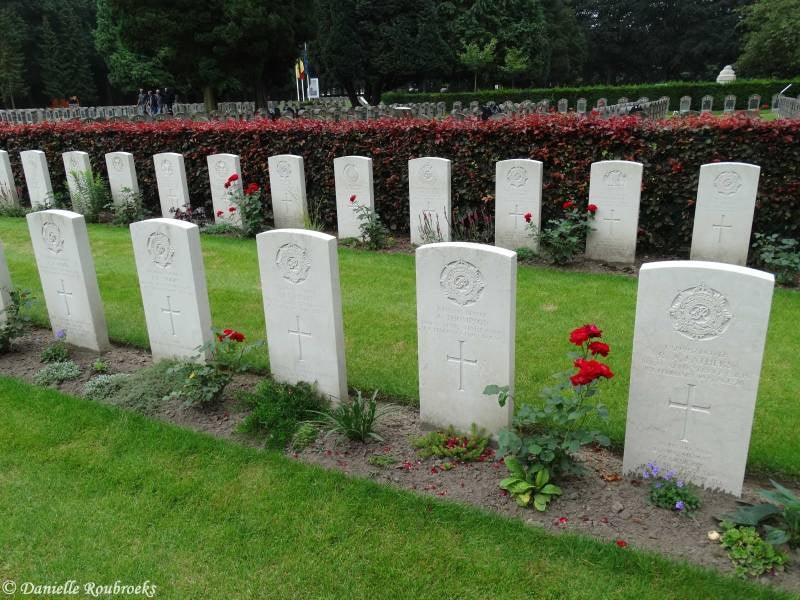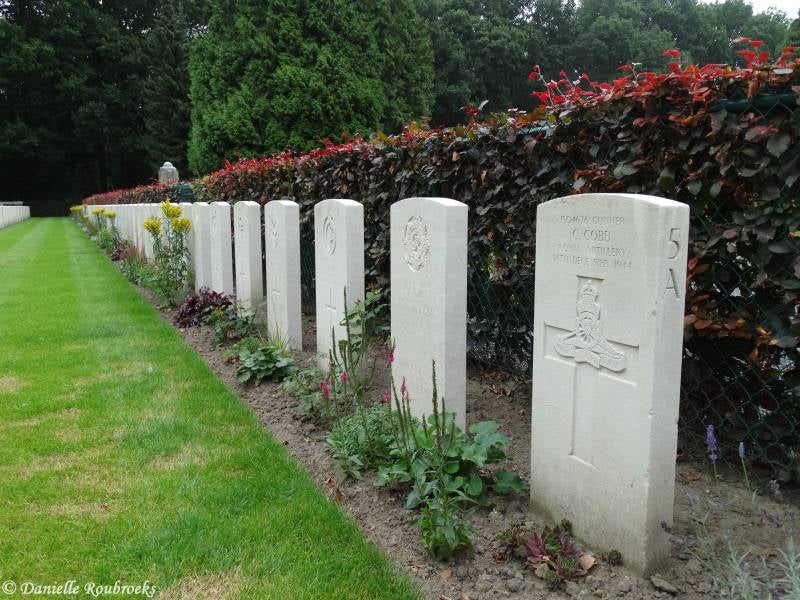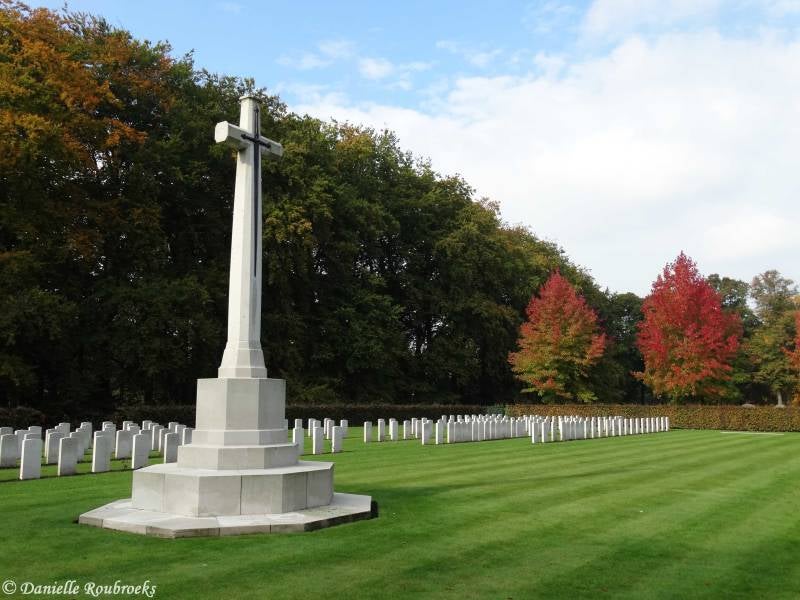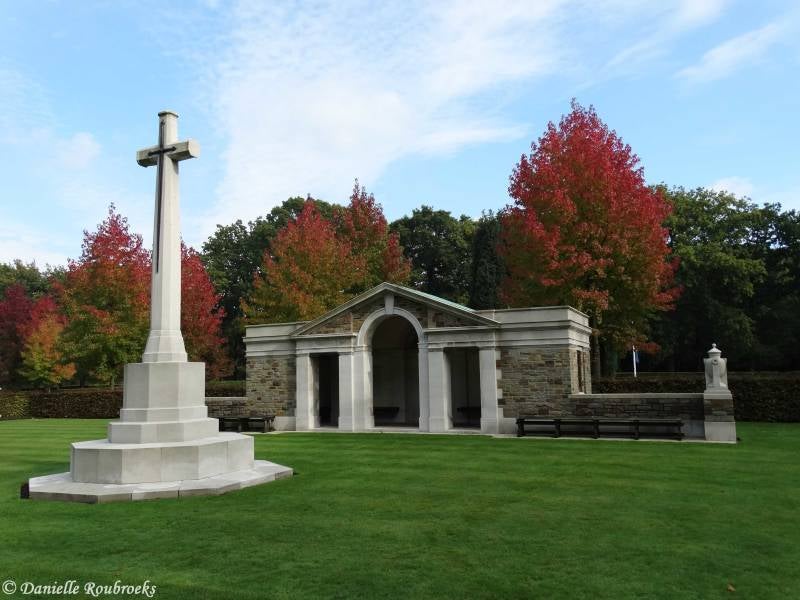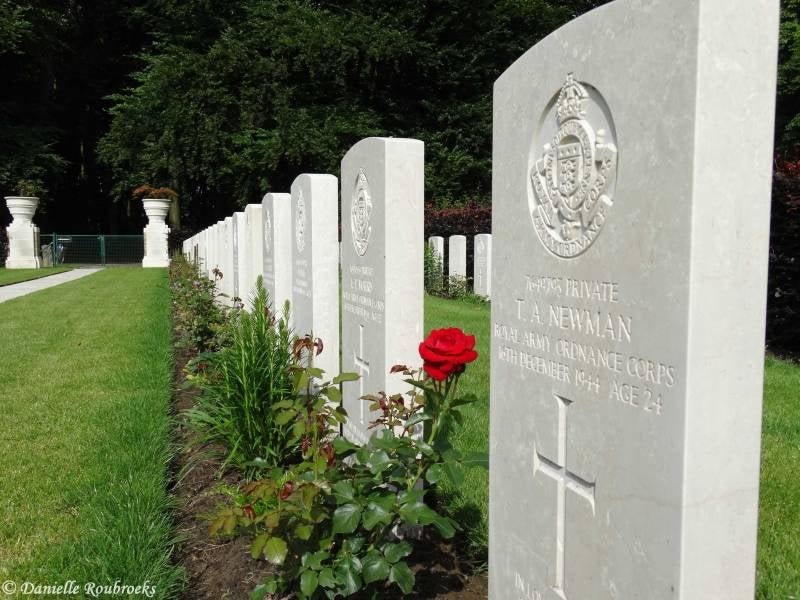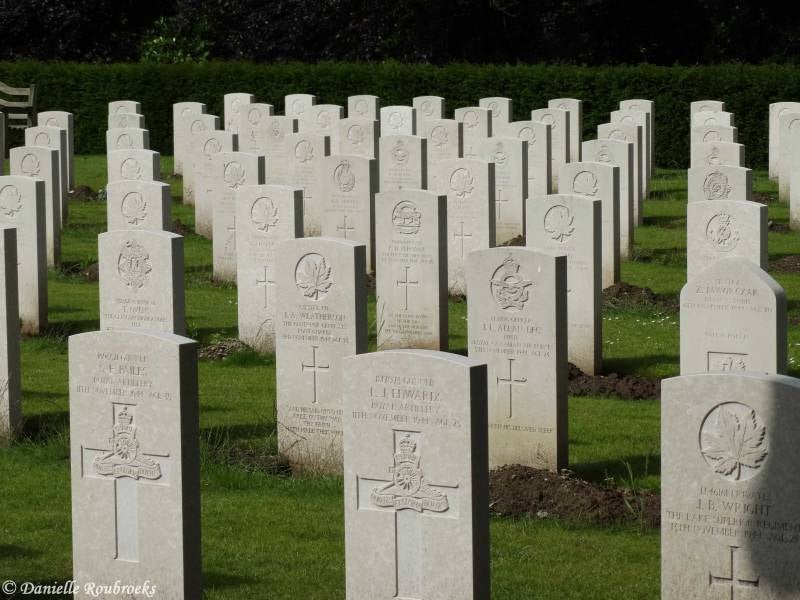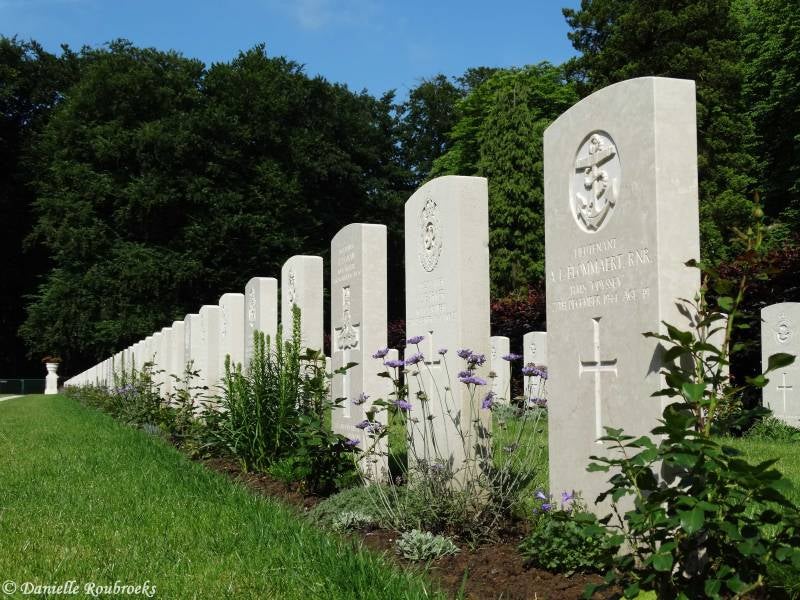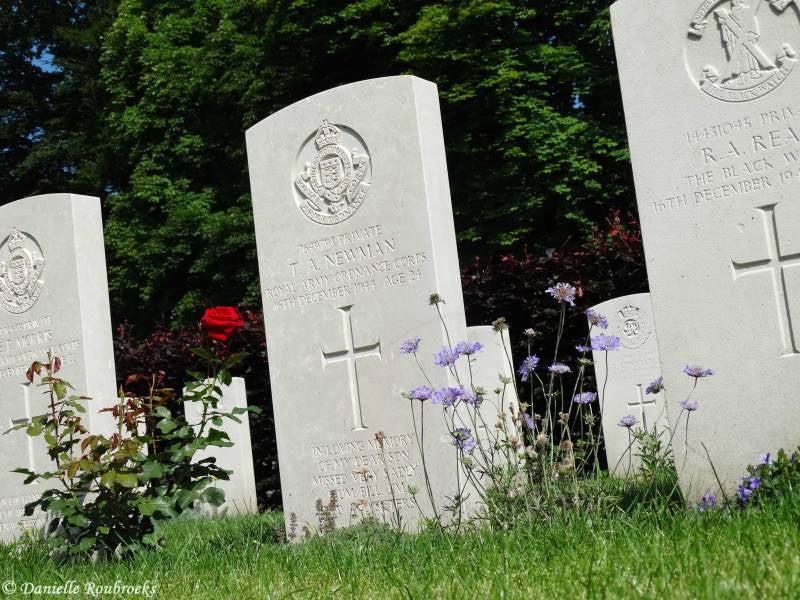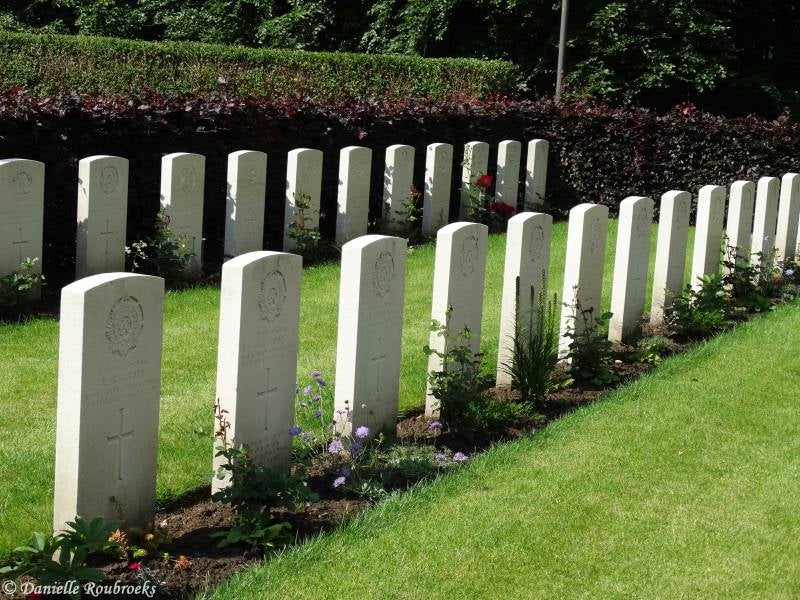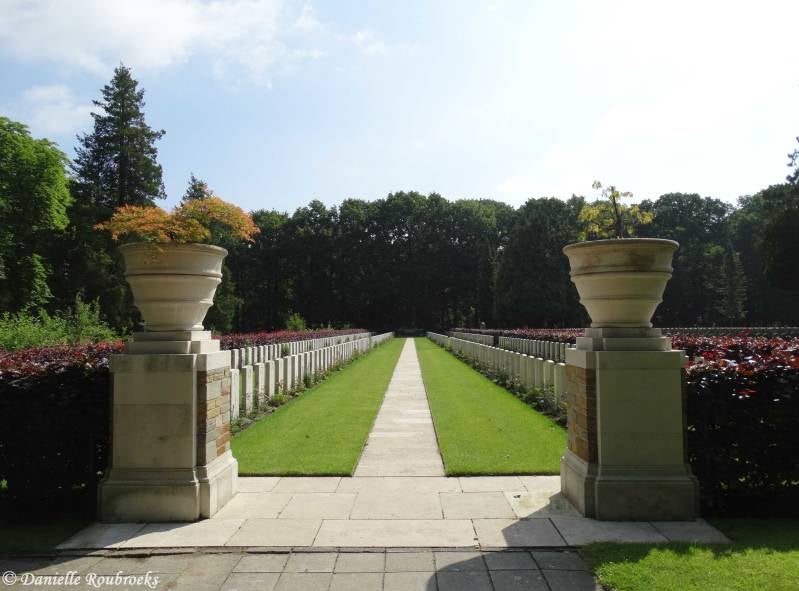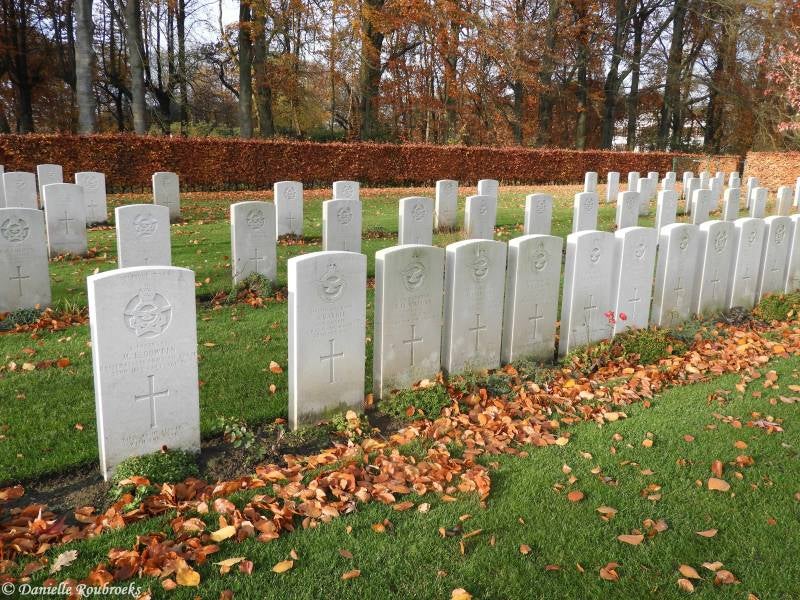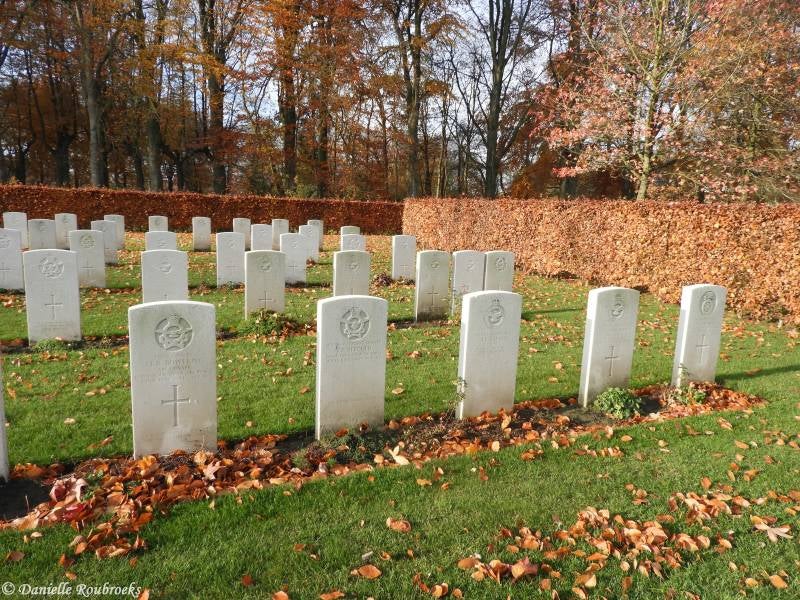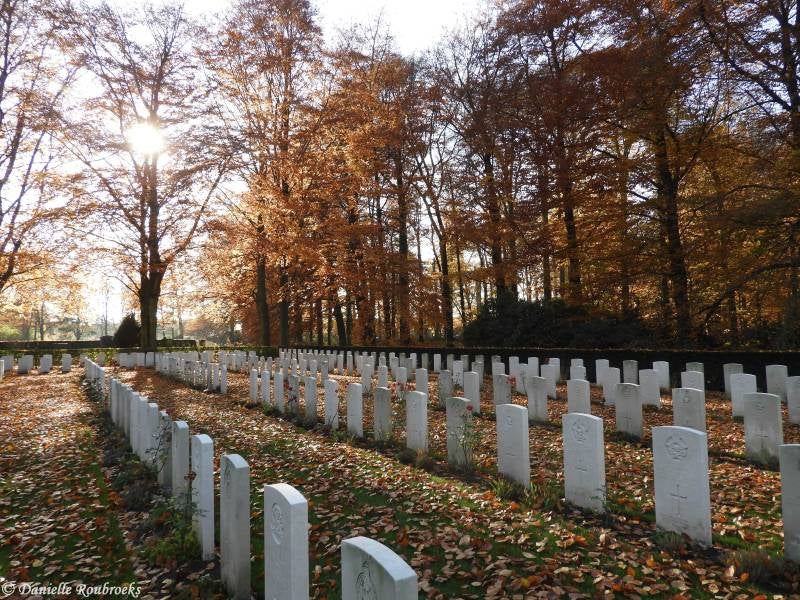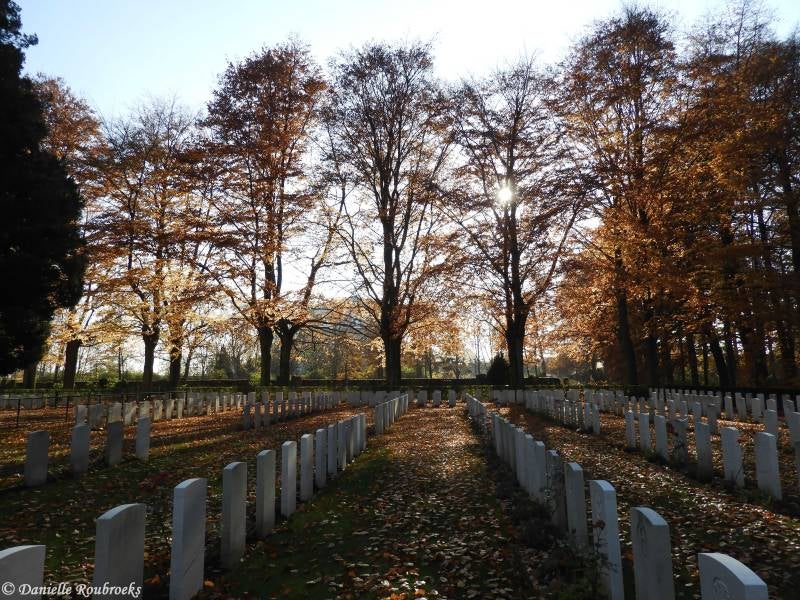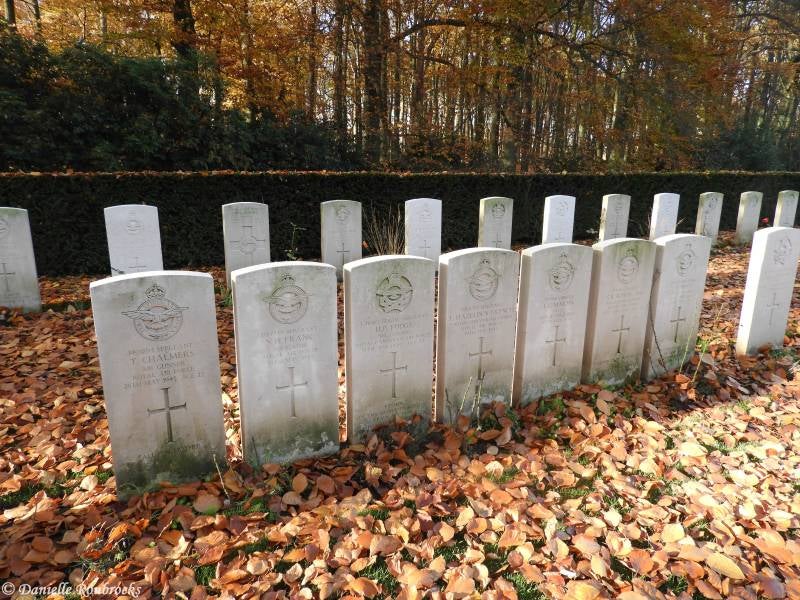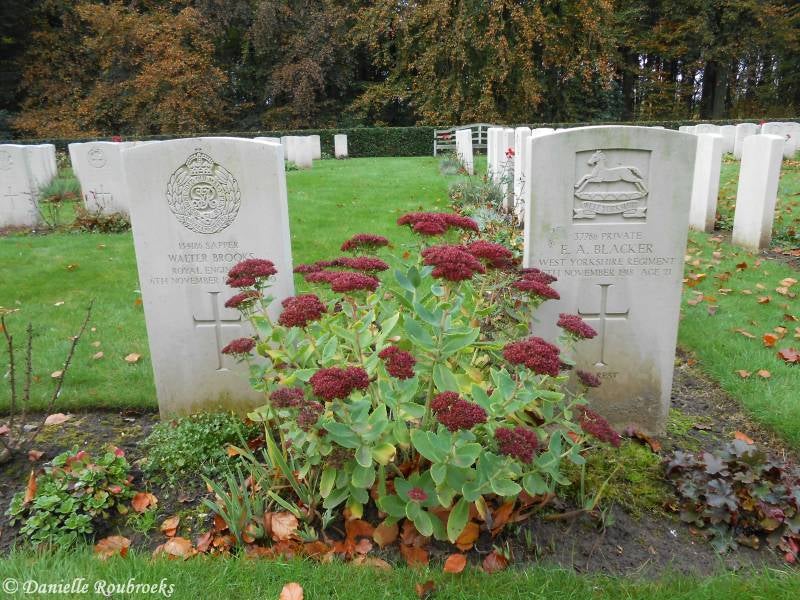Schoonselhof Cemetery
Historical Information (Source: CWGC)
Antwerp was the seat of the Belgian Government from 17 August to 7 October 1914. Towards the end of August, the city was one of the strong positions on the Allied left flank, and by the middle of September, a position of critical importance. It was defended by fortress troops and the greater part of the Belgian Field Army and the Royal Naval Air Service used its aerodrome. On 27 September the Germans laid siege to Antwerp and during the first week of October the Royal Naval Division entered the city, playing a crucial part in its defence. On 9 October, before other British and French reinforcements could arrive, the last forts became untenable and the last defenders retired. From 10 October 1914 to the Armistice, the city was in German hands.
German forces returned to Belgium in May 1940, and occupied Antwerp until its liberation by the Allies on 4 September 1944. The town and port were secured, but it was some weeks further before the approaches from the North Sea could be cleared of German resistance.
Schoonselhof Cemetery contains 101 Commonwealth burials of the First World War, some of which were brought in from other burial grounds in the area after the Armistice (17 of them were brought in from Lierre German Cemetery, 1 from Bouchout-Les-Lierre Churchyard, 3 from the War Plot in Malines Communal Cemetery and 1 from the Casino garden at Lierre). Second World War burials number 1,455. The Commonwealth plot also contains 16 non-war burials, most of them Merchant seamen whose deaths were not due to war service. There is 1 U.S.A. airman attached to the R.A.F., 16 Polish and 1 French burials here.
The war graves plots were designed by the Commission's Principal Architect, Philip Hepworth, FRIBA.
Private Julien Cuperus, Service Number 5102, born January 7 1886 and a native of Antwerp.
Julien or George as he was called by his family, was a motor mechanic and interpreter French, Dutch, English and German.
He served in the Belgian Civil Guards for 7 years.
He went on the S/S Celtic sailing from Liverpool May 15, 1913 and arrived New York May 24, 1913, from there to Canada where he stayed in Calgary at the house of the Belgian Consul.
Enlisted November 8 1916 in Calgary (Canada), sadly died 4 weeks later, December 6, age 30, of appendicitis, in Saint-Boniface Manitoba (Canada).
He was part of the Canadian Army Service Corps.
Private Cuperus was first buried in Brookside Cemetery, Winnipeg Manitoba, but in 1922 his body was repatriated to Belgium and buried in the family grave in Antwerp.
The family was and still is well known for the flourishing tea and coffee trade that grandfather Johannes Cuperus started in Antwerp.


